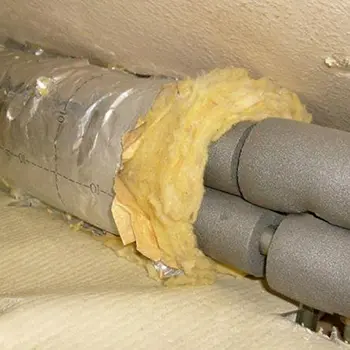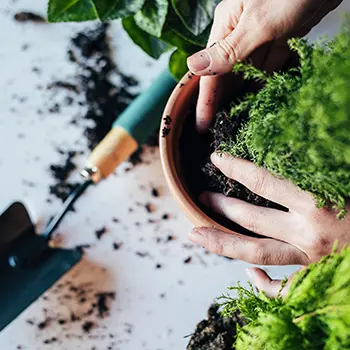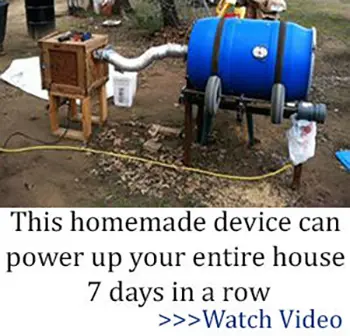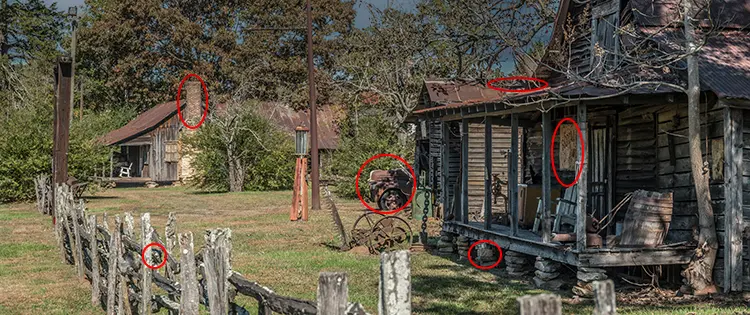At this point, most of the country is wrapped in a cozy fall glow. Some of us may even be experiencing the beginning of a winter wonderland! For those who are, you have my jealousy and my sympathy. For those of us who are enjoying the brisk autumn air finally getting to us and the falling leaves, we still have some significant work to do before we get freezing rain and, maybe, a glimpse of snow. Let’s get our hands dirty! This is what homesteaders need to do in November.
The North
This time we’re only breaking this into the north and the south simply because there isn’t a whole lot of difference between the east and west, nor is the middle of the country seeing a great deal of difference.
The north, no matter whether you’re in Alaska or Maine, is already seeing ice and snow for the vast majority of you. If you aren’t, you will be very soon. Of course, you’re well aware of this. While, in recent years, you may not always be guaranteed a white holiday season, you’re still seeing that snowy time of year throughout the winter season.
What you need to be worried about most right now is maintaining your stock and guiding maintenance when everything isn’t frozen solid (or in emergency situations when it is). I’m sure you’ve already put styrofoam covers on your outdoor faucets when not in use, but have you wrapped your pipes? Are you on a well? Have you had someone come out to make sure that all of your insulation is in order (or that you don’t need to add a significant amount more for the colder months)?
Related: How to “Winterize” Your Pipes and Prevent Damage
We overlook winter care quite often when we’re just so used to it. For now, make sure that your heater has been serviced. If you’re using wood to keep your place warm, add an extra truckload or two to your bill if you possibly can; the Farmer’s Almanac in most areas suggests you are going to need it. Wrap pipes, inspect ductwork, and be 100% certain that your home is ready for heavy snowfall.
You may also want to invest on a ground-level roof rake for your home in case of very heavy snowfall, if you don’t already have one. These reach up from the ground, so no need for ladders, and simply bop off chunks of snow at a time to keep your roof and rafters safe and sound. The last thing anyone wants is to have to try to repair your roof in the middle of winter; we’ll talk roofing another day in the future, though, many of you already know what I’m talking about.
Other issues you may want to eyeball are things like fuel; make sure your gas canisters are leak-free. The last thing you want is to need your generator and suddenly, there is no fuel for it. You also want to make sure that wood sheds (if not in the house) are safe and sound. Wet wood is a nightmare to light and we do only use these sheds in the cold season, after all.
Enjoy your chilly months. We’ll see you in December for some more tips!
The South
Generally speaking, if we do get snow, you are going to see less of it than the majority of the north. Though some surprise blizzards have shown up now and again, those usually don’t happen until January or so. I’ll talk about those more in upcoming editions of this special blog.
Southerners should be looking at planting indoor plants (or salad greens if in places like Florida or Hawai’i) to keep homes bright and pretty throughout the coming months of harsh sunlight and frozen, brown grass. In general, we are simply more accustomed to months of unforgiving heat and sun and usually enjoy something pretty on a windowsill here or there.
My suggestion will always be herbs. They’re cheerful little plants that are incredibly hardy and very unlikely to get leggy even if the sun is shorter than they might desire (depending on what you plant). Better yet, if you go ahead and plant culinary herbs, you can use them in your holiday dishes and not have to pay several dollars for a few small leaves of fresh herbs at the store. It’s a win-win situation and these plants grow very quickly.
Related: Vertical Garden: 26 Plants To Grow Your Own
In addition to herbs, you can plant salad greens outside if your yard isn’t frosty. This may only count for those in the extreme southern area of our viewership, but we want to include you, too. For those in zone 9 or higher, you may want to start fruit such as strawberries and grow them while your temperatures are lower.
Now, preparation. Go ahead and start looking for jackets that are on sale. You may need something heavier or lighter depending on your personal preference, but you will see enormous sales from the middle of November until early December on winter wear in the southern states. Why? Because our retailers know that by March we’ll all probably be back in short sleeves and shorts; or at the very least certainly not fluffy jackets full of stuffing and fake fur.
This includes popular brands like Carhartt and so on and so forth. Yes, even Tractor Supply has a Black Friday catalog. Use it to your advantage. Save some money!
Related: How To Sew: Efficient Techniques You Need To Know
And why? Because energy costs are soaring. If you’ve been interested in solar power, right now is the perfect time to give it a second look. Most solar installers are desperate for work during the winter months (because who thinks about solar anything when it’s so cold out?) and will give you deep, deep discounts for putting in your solar electric system before the new year or just after it. They do have plenty of bills to pay and with the slump in requests during the winter season, you can usually get a really nice price for a permanent system or even something smaller and temporary; say for your RV or travel trailer.
Southerners are also encouraged to wrap pipes in insulation and check on their heating systems and well systems (if applicable).
Final Thought
The last thing anyone wants to do is to have to pay for heavy equipment to break through the frozen ground. Get it all taken care of before the deep freeze (the northerners are laughing at us) really kicks in.
We’ll see you in December for some more frigid tips around the homestead. Have any idea what we left out? Leave’em in the comments down below! We look forward to hearing from you.
You may also like:
Dwarf Fruit Trees You Can Grow In A Tiny Space
The Herbs You Need to Keep Close During Dark Times (Video)
How to Use the Whole Animal (Whether You Raise Your Own or Buy It)














